The 6 Saddest TV Deaths of the '80s
The loss of these characters still stings decades later.
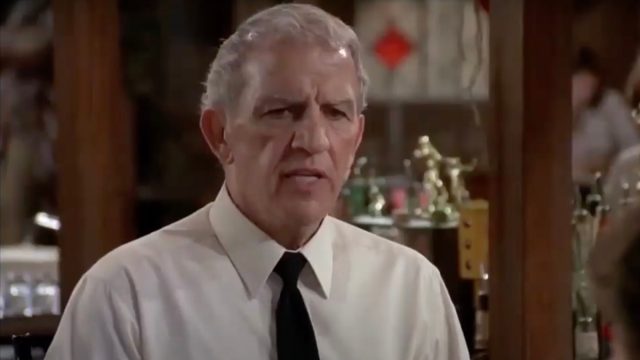
While TV deaths have become commonplace in recent decades, they used to be a much rarer thing, often arising due to either contract disputes or the tragic real-life death of an actor. For that, some of those earlier fictional passings hit all the harder. If you watched a lot of television in the '80s, then you almost certainly remember being affected by these character deaths. Read on for the six losses we think are the saddest.
READ THIS NEXT: The 7 Saddest TV Deaths of the '90s.
1
Edith Bunker, Archie's Place
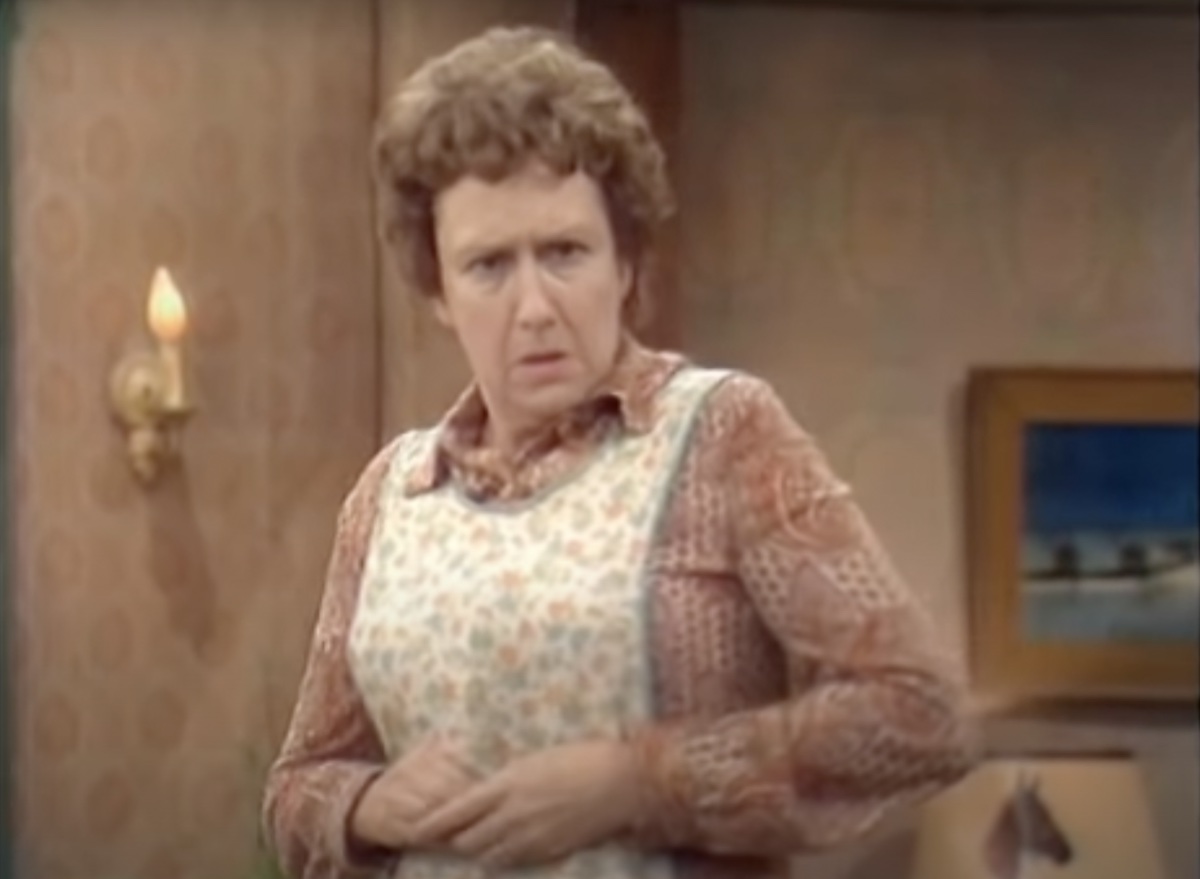
All in the Family was one of the defining TV sitcoms of the '70s, and it wouldn't have been half of the show it was without the indelible chemistry between Carroll O'Connor's Archie Bunker and Jean Stapleton's Edith. Still, by midway through the ninth season—and after earning 8 Emmy nominations and three wins—Stapleton decided to leave the show, feeling she'd done all she'd hoped to do in the role. Creator Norman Lear wanted to end things there, feeling All in the Family couldn't go on without both leads, but O'Connor convinced him to allow it to continue with the spinoff Archie Bunker's Place in 1979. Stapleton agreed to appear occasionally during the first season, but when she elected to truly leave the character behind, Edith was killed offscreen—dying of a stroke—before the start of Season 2. The premiere found Archie stubbornly refusing to mourn his wife's death, redecorating their home into a bachelor pad, until he comes across one of Edith's abandoned slippers and falls to pieces—him, and everyone watching.
2
Coach, Cheers

Cheers was the bar where everyone knew your name, and Cheers was the show on which all of the characters felt like your friends. So when Nicholas Colasanto, who played former ballplayer-turned-wise-bartender Ernie "Coach" Pantusso, died in 1985 during the show's third season, it truly made an impact—not only on the actors, writers, and crew who worked with him but also on audiences who mourned the loss of a beloved presence in their lives. Though Cheers soon brought in Woody Harrelson to take Coach's place behind the bar as Woody Boyd, rather than hand-waving away character's absence, producers decided to address Coach's passing onscreen. (Though a cause of death was never given, Colasanto's own death was due to a heart condition.) The characters learn of their loss in the Season 4 premiere, "Birth, Death, Love and Rice."
3
Selma Hacker, Night Court
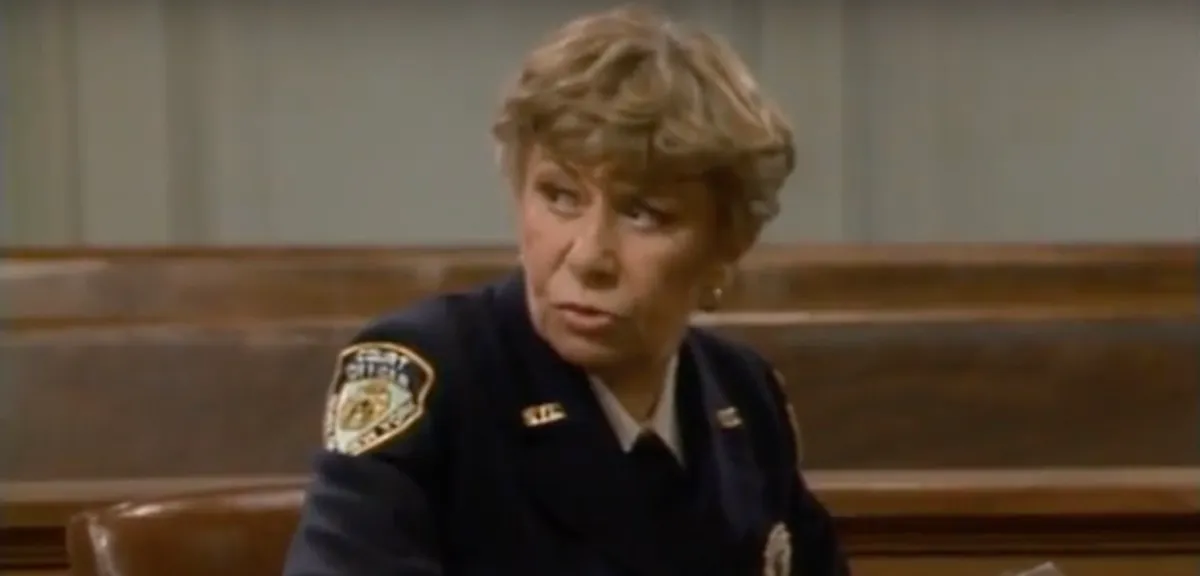
Selma Hacker was one of the bailiffs at the titular Night Court, appearing in the first two seasons of the hit NBC comedy. Though the show was silly, there was real comradery among its cast of oddball characters; Hacker in particular was a close friend and mentor to fellow bailiff (and the show's breakout character) Aristotle Nostradamus "Bull" Shannon (Richard Moll). When Selma Diamond, the actor who brought Selma Hacker to life, died of lung cancer after filming wrapped on the show's second season, the producers chose to address her absence on camera. The Season 3 premiere, "Hello, Goodbye," opens with the courtroom gang attempting to adjust to the loss of their friend and coworker while interviewing potential replacements, and no one mourns her death more than Bull, who spends the episode drinking his pain away, only to later show up in court alongside a bunch of rowdy circus performers—a fitting tribute for a show about their odd antics of an after-hours Manhattan courtroom.
For more TV trivia sent right to your inbox, sign up for our daily newsletter.
4
Mr. Hooper, Sesame Street

When beloved Sesame Street actor Will Lee—one of the first four non-Muppet members of the cast—died in 1982 after decades of playing the kindly store owner Mr. Hooper, the producers (along with the rest of the cast and crew) were gutted. But they also realized the tragedy had given them the opportunity to do what Sesame Street was made to do: teach kids a lesson—albeit one much harder to face than learning their ABCs.
Instead of recasting the role or simply never addressing the character's absence, an entire episode was devoted to Mr. Hooper's death. The writers did extensive research to determine how to approach the delicate issue in a way that children would understand, and to anticipate how their young audience might react. The result was a historic moment in television history, as a show that had become a safe place for millions of kids to laugh and learn tackled a seriously sad true life topic. The episode aired on Thanksgiving Day in 1983 and no less than Big Bird himself—or at least actor Caroll Spinney, who appeared inside the yellow-feathered suit—called it "one of the best things [the show] ever did," as quoted by The A.V. Club.
5
Valerie, Valerie/Valerie's Family/The Hogan Family
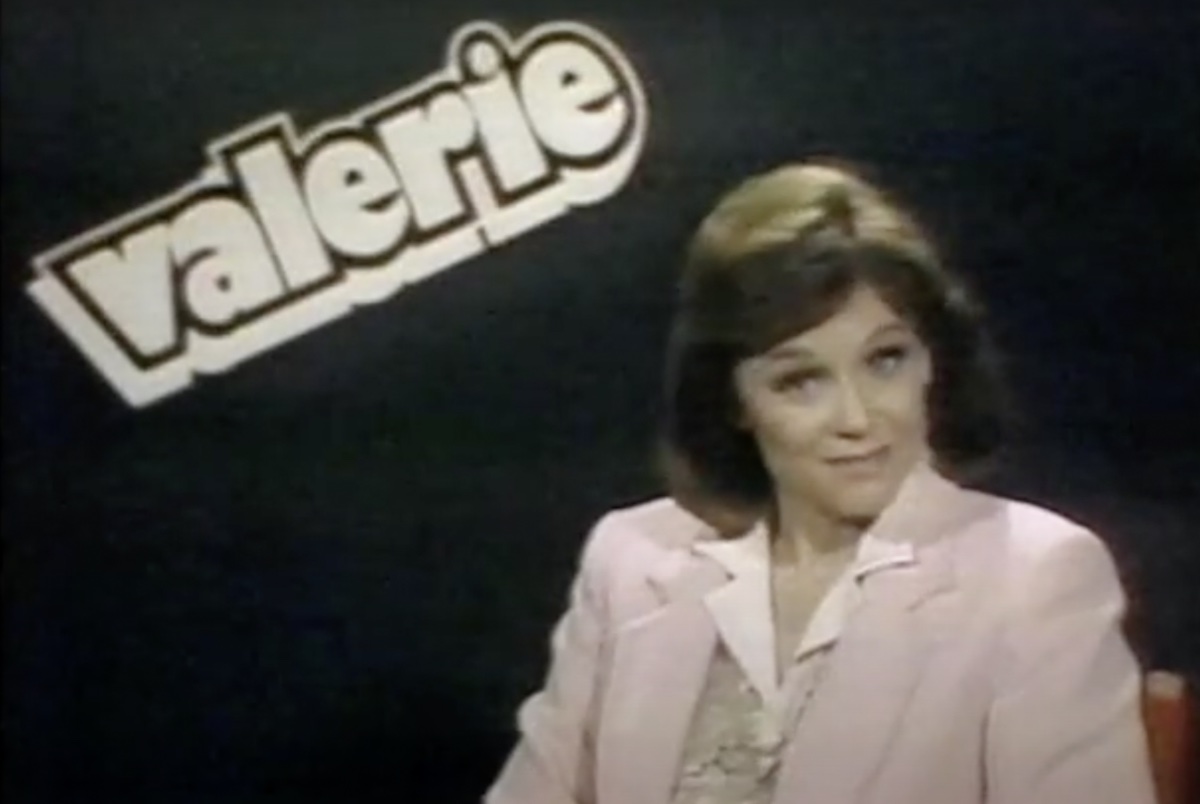
After spending much of the '70s entertaining millions on The Mary Tyler Moore Show and as the title character in its spinoff Rhoda, Valerie Harper was tantamount to TV royalty. So, it's no surprise she was ultimately offered another star vehicle. In 1986, NBC premiered Valerie, in which she played Valerie Hogan, a woman trying to balance her successful career and raising her three children with her pilot husband Michael (Josh Taylor) frequently away. Though it wasn't an instant hit, the show garnered strong reviews, and slowly began to climb in the ratings. Given its success, Harper asked for a raise, as well as more input into her character's storylines. When the network refused, she staged a walkout. Upset with the bad publicity, the network fired her, a move that led Harper to sue NBC (a case she eventually won).
Still, it was too late for Valerie the character: She was killed off in a car accident between seasons, making room for actor Sandy Duncan to join the show playing Michael's sister, who helped the family through their grief. The series was renamed Valerie's Family, a moniker that stuck for a year before it was changed again to The Hogan Family for the show's final three seasons.
6
Tasha Yar, Star Trek: The Next Generation
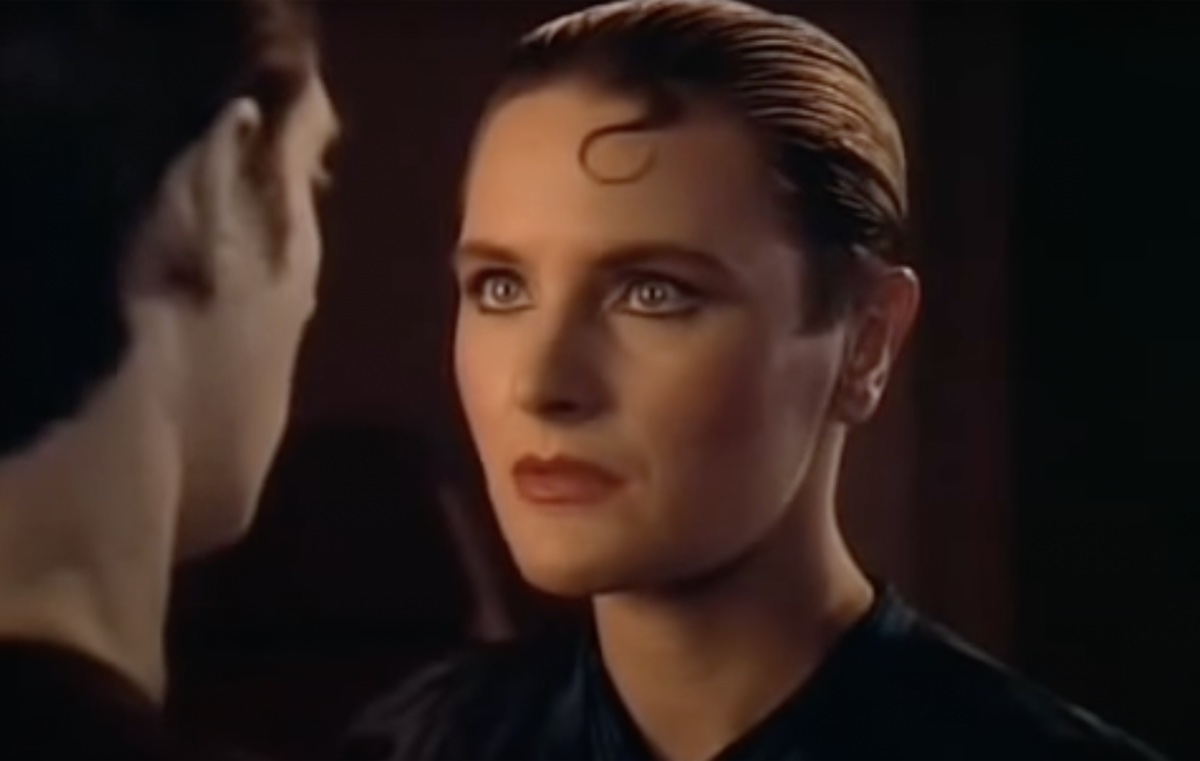
The '60s original Star Trek series is infamous for killing off characters, but the unlucky ones were always anonymous "redshirts"—nameless members of the Enterprise's security or engineering teams who met their fates at the hands (or claws, or tentacles) of that week's alien threat. In 1987, the franchise revival Star Trek: The Next Generation changed all that: Late in the first season, the show abruptly killed off Lt. Tasha Yar—who not only had a name but was featured in the opening credits—after she found herself on the wrong side of a malicious being who looked like a puddle of black oil. The death came about after actor Denise Crosby, feeling frustrated with her character's limited role, asked to leave the show, which was then hardly the classic it would eventually grow into. Producers perhaps thought giving her a shocking, "meaningless" death would make for powerful television. Though reception to the episode was mixed, its tearful denouement, in which Tahsa bids farewell to her fellow crewmates via a hologram recorded before her death, offered something of a fitting sendoff for the character. It was trumped, however, by her reappearance in an alternate timeline in Season 4's "Yesterday's Enterprise," widely recognized as one of the very best episodes of the series.





















